Oncologists Struggle with Innovation Overload: 'The Growing Chasm in Cancer Care'
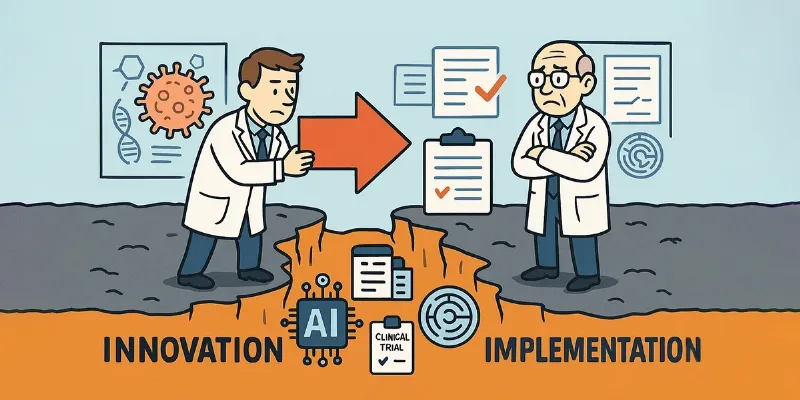
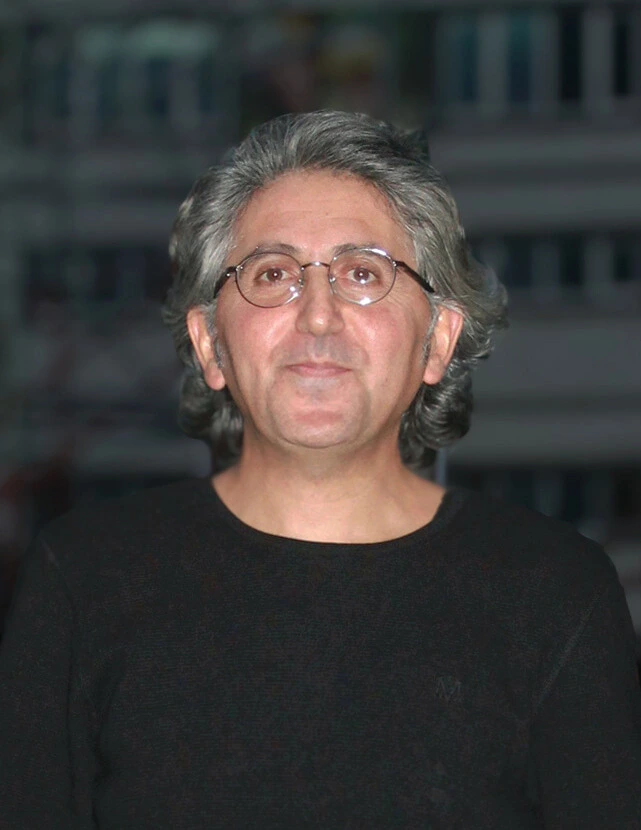
Johnson & Johnson’s Oncology Care Index reveals 73% of oncologists see a gap between new cancer treatments and clinical implementation, while 75% feel overwhelmed by rapid innovation. Nearly half seek more collaboration, and 91% say AI education is needed. Limited trial access and evolving guidelines hinder care, especially in community settings, underscoring urgent system-wide support needs.
“In 2024 alone, oncology treatments were approved in the U.S. for more than 50 indications, including 11 first-in-class therapeutics,” said Dr. Stephen (Fred) Divers, Chief Medical Officer at American Oncology Network. “These are welcome advancements, but the complexity, from navigating evolving guidelines to placing patients in clinical trials, creates an enormous administrative burden for healthcare professionals on the front lines of cancer care.”
In Johnson & Johnson’s newly released Oncology Care Index, developed in collaboration with The Harris Poll, 73% of surveyed clinicians acknowledged a widening gap between the availability of cutting-edge treatments and their effective implementation in clinical settings. The survey, which included 500 U.S.-based oncologists, urologists, and advanced practice providers (APPs), reveals a troubling disconnect between innovation and access.
The Innovation-Implementation Divide
What the Index underscores is not a failure of scientific progress, but rather the growing complexity of applying that progress in real-world clinical care. Three in four oncologists say the sheer speed of treatment development is overwhelming. Meanwhile, 70% of clinicians report difficulty keeping up with evolving treatment guidelines—many of which shift as new data emerges, often mid-practice cycle.
These challenges are especially pronounced in community oncology settings, where more than half of U.S. cancer patients are treated. In these environments, clinicians often operate with limited resources, less access to clinical trials, and reduced exposure to cross-institutional collaboration. Nearly half of all respondents said they wish they had more opportunities to connect with peers in academic and community medicine—a clear call for smarter, cross-setting collaboration.
“What community oncologists have been telling us for years: groundbreaking treatments mean little if they don’t reach patients in time,” said Tom Cavanaugh, Company Group Chairman, NA, Johnson & Johnson Innovative Medicine. “These oncologists are the backbone of cancer care, treating the majority of patients nationwide, yet they are asked to navigate an unprecedented pace of innovation.”
The Multidisciplinary Maze
Oncology care today involves a constellation of specialists. According to the survey, cancer patients typically interact with at least five different providers throughout their journey. While this multidisciplinary approach is critical to personalized treatment, it also adds layers of administrative complexity and logistical friction.
AI: Promise and Paradox
Artificial Intelligence is often hailed as the key to reducing this complexity. And to some extent, it’s already making an impact. Surveyed clinicians estimate that AI has cut oncology diagnosis time by about 20%. But enthusiasm is tempered by uncertainty: 42% cite a lack of understanding around AI tools as a barrier to adoption, while an overwhelming 91% say more education is needed to unlock AI’s full potential in oncology.
In essence, AI is viewed as both a solution and a learning curve. It could accelerate clinical decision-making and reduce gaps in care—but only if providers are equipped with the training and confidence to integrate these tools into their workflows.
Access Is the Achilles’ Heel
Perhaps the most glaring challenge is access. Seven in ten clinicians report their practice lacks a robust portfolio of clinical trial options. And while decentralization of trials has become a major trend in recent years, geographic proximity to care remains a deciding factor for most patients.
This reality undermines the promise of precision oncology, where treatments are designed to be tailored not just to tumor types but to individual molecular profiles. Without consistent access to innovative therapies and trials, especially in rural and underserved communities, the benefit of this precision is lost.
About Johnson & Johnson’s New “Oncology Care Index
J&J is sharing insights from the survey to help drive conversations about how to best support healthcare professionals as they work to help bridge the gap between innovation and implementation. Insights will be available on https://www.jnj.com/oncology/oncology-care-index and promoted throughout 2025 through a full campaign, with the goal of advancing conversations and solutions on these important topics.
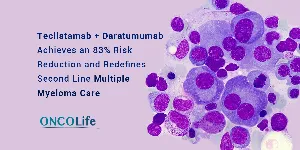
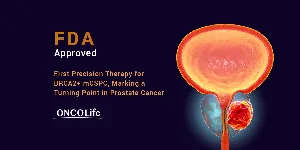
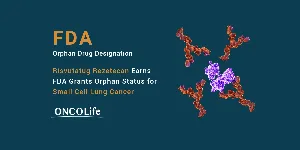
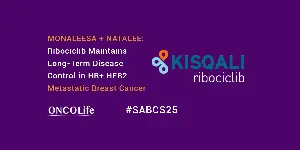

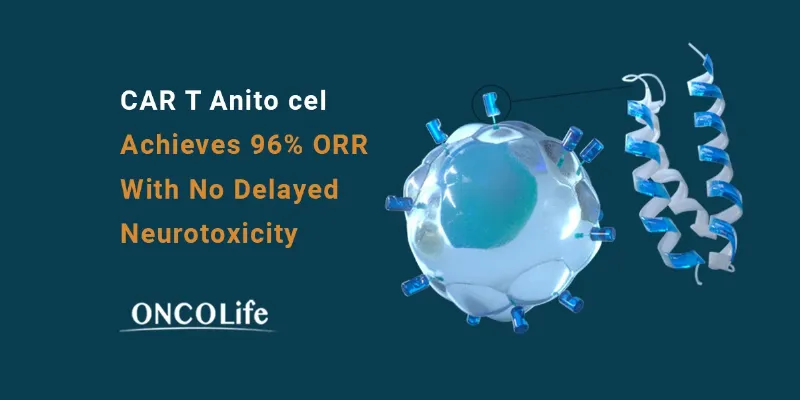
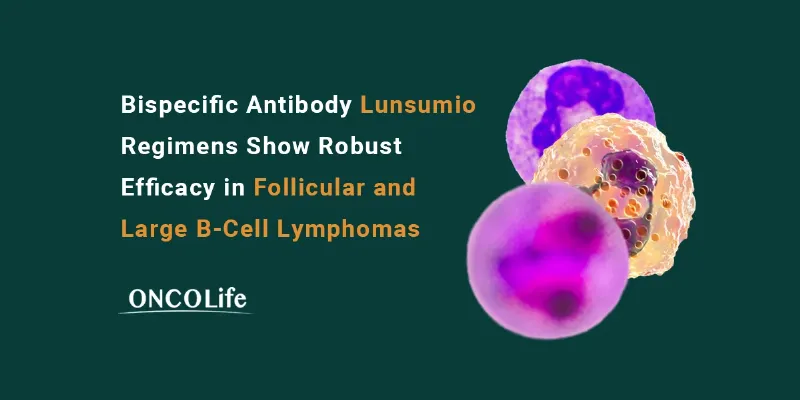
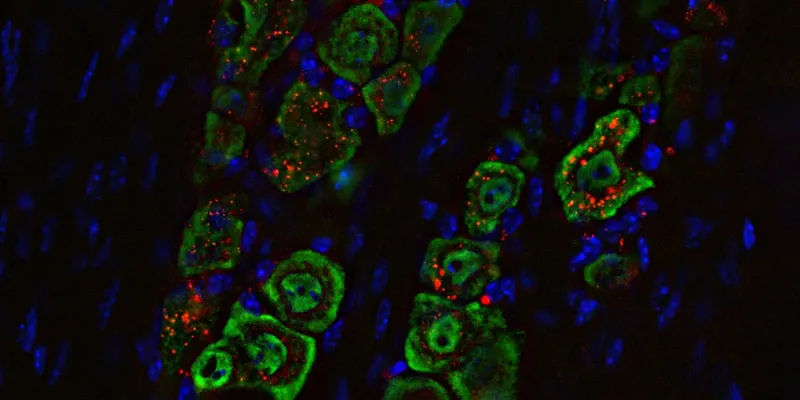

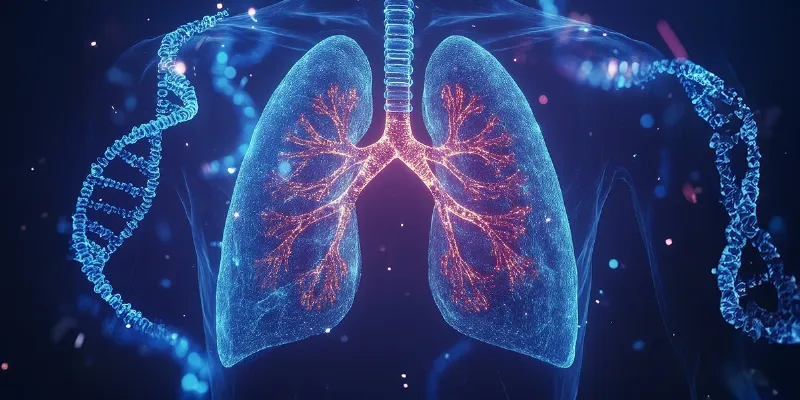

Comments
No Comments Yet!